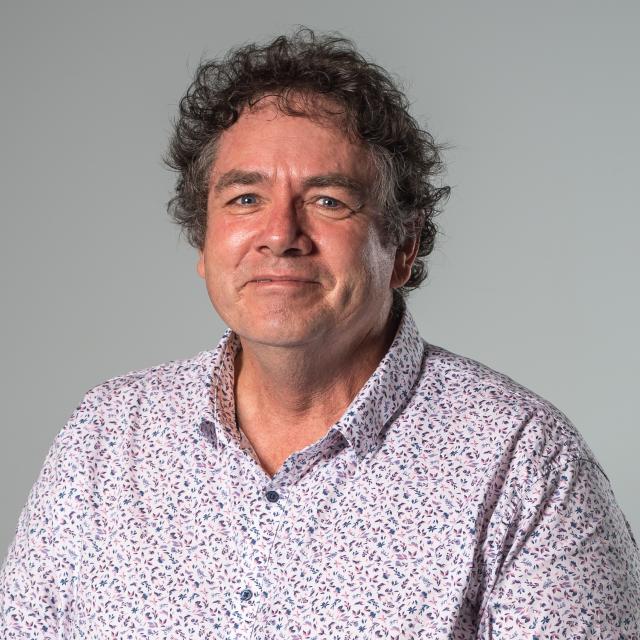For those of us on council deeply committed to representing both our residents and our environmental protections, one of the hardest things we are asked to do is deal with the ticking timebombs left for us, particularly from that time when we were amalgamated into the giant Sunshine Coast council.
The two worst examples are the Kin Kin Quarry truck debacle that’s a dangerous nightmare for so many of our hinterland residents and the Sunshine Coast Council’s approval of the BlueCare development in significant Glossy Black Cockatoo habitat at Sunrise Beach.
In the case of Grasstree Court, this is an environmental debacle 26 years in the making, but we can learn lessons and we can try to prevent this happening again on our watch.
One of the ‘sliding door’ moments came when our council had an opportunity to refuse an extension in 2017, six years after the developers had been given approval by the Sunshine Coast Council in 2011 but had not acted on it despite it being described as meeting “a significant need”.
In 2017 staff decided it was still consistent with the Planning Scheme and approved the extension under delegated authority. While I do not seek to criticise the validity of their assessment, I do think in situations like this in the future, councillors should be the ones making the decision.
That is why in council this week I pushed for us to consider tighter and more specific criteria for matters that MUST be decided by elected councillors, including”
• The clearing of remnant ’of-concern’ or ’endangered’ vegetation from a biodiversity or Vegetation Management Act perspective.
• The disturbance of the habitat of a species listed under the Nature Conservation or Environmental Protection and Biodiversity Acts.
• An extension of an approval that was made under a Superceded Planning Scheme and/or where there is a resolution of Council to amend the Planning Scheme in a way that is relevant to the approval.
• To the removal or substantial alteration to a structure or place of heritage significance identified in Council’s Planning Scheme or in an adopted study of Council.
• A development where Council has a direct or indirect interest as a result of its involvement in previous or proposed land dealings.
We will workshop these and other proposed changes to ensure important matters like this go to a vote of the elected council.
It was 1997 Planning Scheme changes that set the scene for the Sunshine Coast Council in 2011 to sign off on the Grasstree Court development and, sadly, we are now bound by state laws that mean we can’t simply roll this decision back.
As a councillor with a lifetime of commitment to conservation, it’s times like these that test your patience and your faith in the system.
I can assure all those people writing impassioned requests for council to take action that councillors share their frustrations and their desire to conserve important habitats and community values. This must remain central to what we stand for in Noosa.
As I pen this article the bulldozers are likely on their way to clear the only stand of endangered remnant regional ecosystem earmarked for development in the Noosa Shire. It’s a travesty, pure and simple.
While many now know that the Grasstree Court site is important as a habitat of the vulnerable glossy black cockatoo containing numerous feed trees (Allocasuarina littoralis or she oaks), the site has broader conservation values with part of the site mapped as containing ‘Banksia aemula low open woodland on dunes and sand plains’. This rare ecosystem is considered endangered from a biodiversity perspective.
Few people will understand that the 1985-1988 council had plans to substantially develop what is now the Girraween Nature Reserve and adjacent National Park for housing. It was something I helped change by moving to negotiate with the state government to change the status of a mix of vacant Crown land and council freehold to protect this area.
As a state government planner at the time, I also advocated for a minimum buffer for wetlands of 50m while Regional Vegetation Management Plans could increase this to 100m.
It was disappointing that in 2006 the Master Plan was adopted with the current boundaries at the end of Grasstree Court coming within a few metres of wetlands of high ecological value.
None of this convoluted history helps the glossy blacks that will soon be deprived of an important habitat, but as a council we must all learn and do better.







